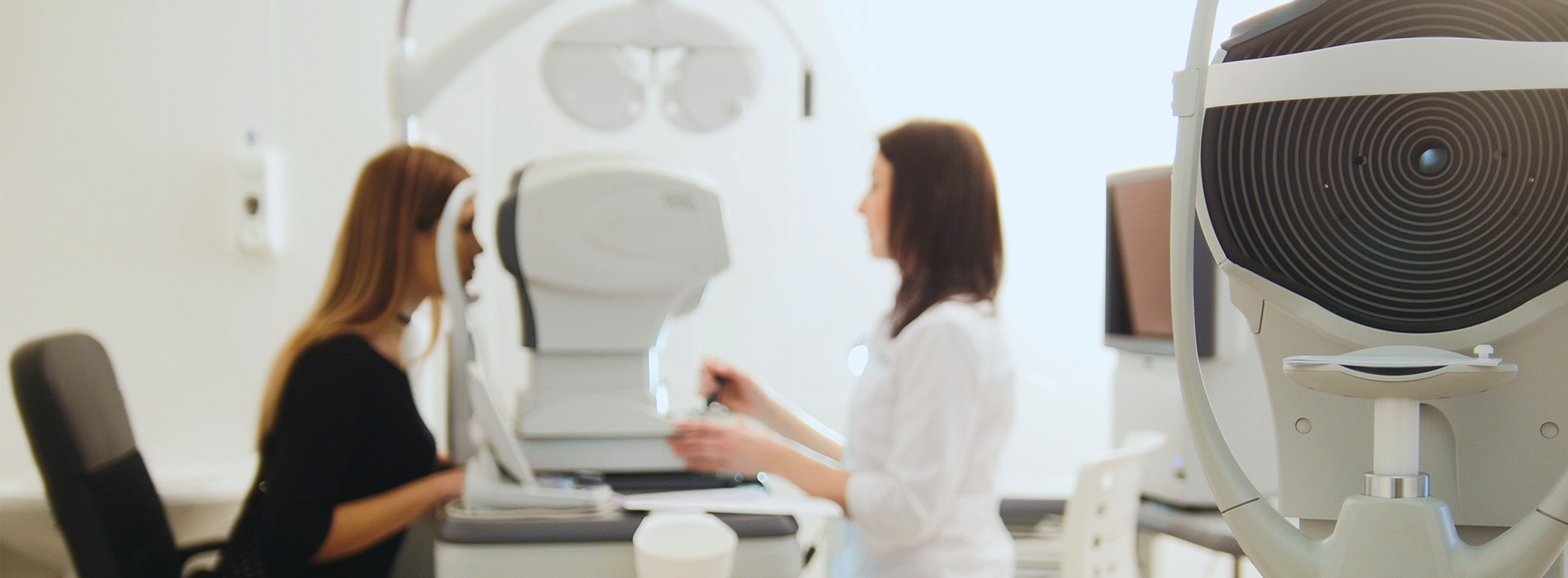
Nearsightedness (myopia) is a common vision condition in which you can see objects near to you more clearly, than objects far away.
The degree of your nearsightedness determines your ability to focus on distant objects. People with severe nearsightedness can see clearly only objects just a few inches away, while those with mild nearsightedness may clearly see objects several yards away.
Nearsightedness may develop gradually or rapidly, often worsening during childhood and adolescence. Nearsightedness tends to run in families.
A comprehensive eye exam can confirm nearsightedness. You can easily correct the condition with eyeglasses or contact lenses.